
6 minute read
ACOR Consultants
2019 may be remembered as a turning point for the NSW Construction industry with the advent of longanticipated building reforms, released in October, creating a new registration system from which developers will be forced to comply with "declared" building designs. However, the reforms apply only to buildings yet to be constructed whilst the scale of issues affecting existing building stock remains to be seen. NSW Building Commissioner David Chandler went as far as suggesting that owners could “spend more time” seeking out issues before they purchase a home but there remain numerous aggrieved situations where property owners, occupiers and investors have been left out of pocket. Rife with claims of building misconduct Strata corporations across Sydney are having to come to terms with a plethora of issues to remediate apartment stock. Below we discuss some of the most common ‘defects’ facing bodies corporate and what to look out for.
Magnesite floors As governments and the building industry focus on managing combustible cladding issues, another crisis is looming over the use of a flooring material known as magnesite. Peter Johnsson, Associate Principal at ACOR Consultants was interviewed by the AFR for an article published on 23 October 2019 stating, "The cost to fix this issue can range from $30,000 for an apartment on the low side to over $100,000 today… You could argue that magnesite is similar to faulty materials like flammable cladding, but because it's not a new building there's no current pressure for the government" Magnesite, which was commonly used as a floor topping or levelling product in the past, contains a binder. When magnesite absorbs water, the glue can leach into concrete floors and corrode steel reinforcement bars. The City Futures Research Centre at University of NSW said that in NSW alone there were more than 14,000 strata schemes containing more than 186,000 lots or units registered between 1961 and 1979.
Advertisement
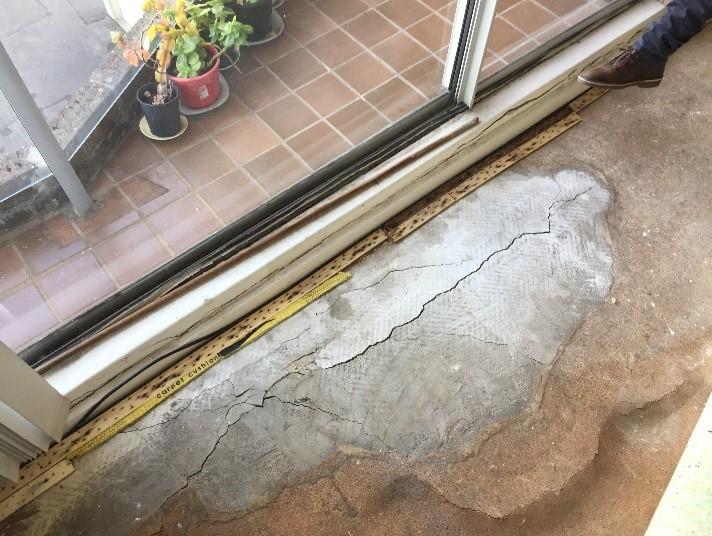
Magnesite floor that has not been properly remediated
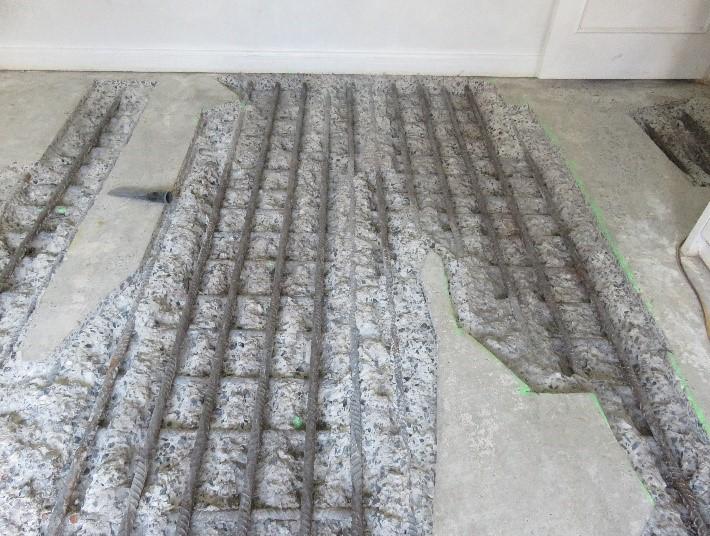
Magnesite floor remediation in action
ACOR has assisted hundreds of apartment owners over its 21-year history, including properties across Sydney. Typical costs to fix a complete block containing say 20 units could quickly escalate to over $1m in repairs. Magnesite induced corrosion can be tricky to diagnose because it does not necessarily induce immediate spalling, whilst it is often hidden by floor covering. However, the repair work cannot be ignored as the corrosive effects may cause structural collapse. Unfortunately, it is often the case that even when identified as a problem the repair is handled incorrectly, with ill-qualified builders incorrectly ‘repairing’, resulting in early failure and usually needing repair of the failed repair within 3-5 years.
Façade repairs –exposure and degradation
Sydney’s coastal building facades are particularly sensitive to the effects of environmental agents such as sea salts and high moisture. Signs of cracking, or spalling concrete, paint degradation and rust staining are all signs that the building has been exposed for some period and may be the first indicators of a larger problem. Apart from the aesthetic decline, the outcome of ongoing deterioration is that sections of the façade may detach and fall to the ground, potentially endangering life and property. The cost to remediate a façade can range from a few hundred thousand dollars to multi-million dollar repairs. Apartments that have been around for 20 + years should consider devising preventative maintenance strategies to extend the service life of the building fabric.

Defective repair and ongoing spalling
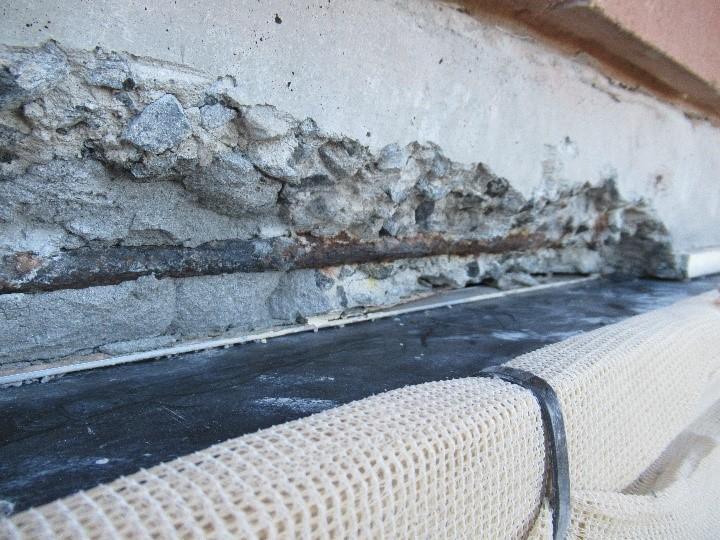
Slab degradation
For example, concrete spalling (sometimes referred to as concrete cancer) is caused when the steel reinforcing within a concrete slab begins to corrode. As the steel rusts it expands, displacing the concrete around it, which in turn accelerates the corrosion process. Correct diagnosis by an experienced remedial engineer is key to providing the correct advice to building owners. At times the news is not what they want to hear, but that doesn’t change the problem. If the issue is not fixed properly the first time, then defective repairs will need to be demolished and re-fixed, doubling up on repair costs. The process requires the concrete to be fully broken back to expose the steel bars that reinforce the concrete. The steel is then treated before the concrete is reinstated with a specialist repairs mortar to prolong the service life.
Combustible Cladding
Shortcomings in the National Construction Code (NCC) along with poor building industry practices have resulted in cladding systems being installed on buildings that may pose significant risks to persons and/or property in the event of a fire. Insurance Underwriters have been refusing to continue insurance coverage, or at the very least started increasing premiums. Owners and tenants are also seeking to remove the risk of combustible cladding on their buildings. Combustible Cladding is yet to fully impact the market, in particular residential apartments, with many holding out for government assistance or seeking legal recourse. ACOR has tested hundreds of buildings, both residential, commercial and industrial. While some may avoid the need to remove their cladding many are in line to require re-cladding due to banned materials contain a polyethylene core material above 30%.
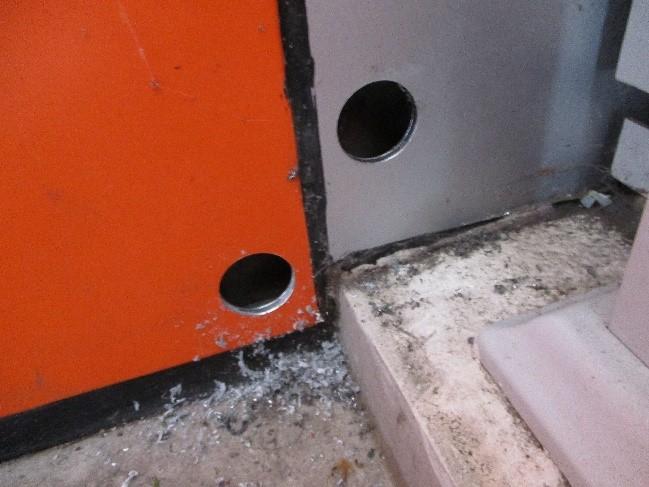
Test sampling to check ACP composition
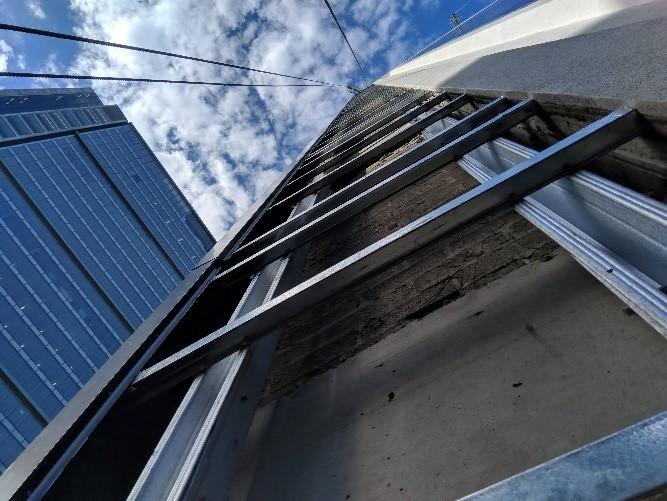
Recladding of buildings is a growth industry
ACOR has assisted clients in the commercial, industrial and residential markets to test and determine if their cladding is compliant and specifying the required remedial scope for rectification of any combustible cladding issues. The first step is to determine the construction of the façade, test the cladding for its chemical composition before proceeding with the design and specification of the cladding replacement works. Careful consideration is given to the interface with internal / external cladding to ensure building weather tightness, structural adequacy, durability of proposed material changes and a fire compliant non-combustible material. Replacement cladding selection is determined by the original design intent, including the overall look and feel -of the facade.
Waterproofing
Waterproofing is a widespread issue that can have drastic consequences for apartment stock because it undermines the structural integrity of a building. ACOR has been providing leading waterproofing design advice for major projects including at Barangaroo and Quarter Quay whilst also diagnosing and specifying remedial works for hundreds of waterproofing issues on roofs, planter boxes and basements. Most building waterproofing defects result from poor material selection, poor application, age-related deterioration and subsequent loss of integrity. As a general rule of thumb, the cost of waterproofing usually accounts for less than 2% of the construction cost of a project, yet staggeringly nearly 80% of all defect issues or complaints emanate from water ingress. Water ingress can cause soil movement and put pressure on load bearing beams and foundations.
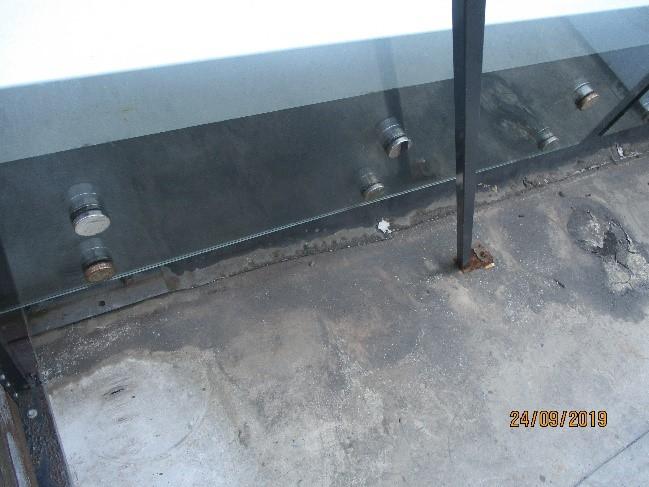
Failing waterproofing membranes require correct diagnosis

Remedial waterproofing is never as simple as a new-build
Certified waterproofing design is critical to the integrity of internal wet areas (such as bathrooms, laundries, etc), external above ground areas (such as roofs, balconies, etc) and below ground areas (such as deep basements).
Web: www.acor.com.au







